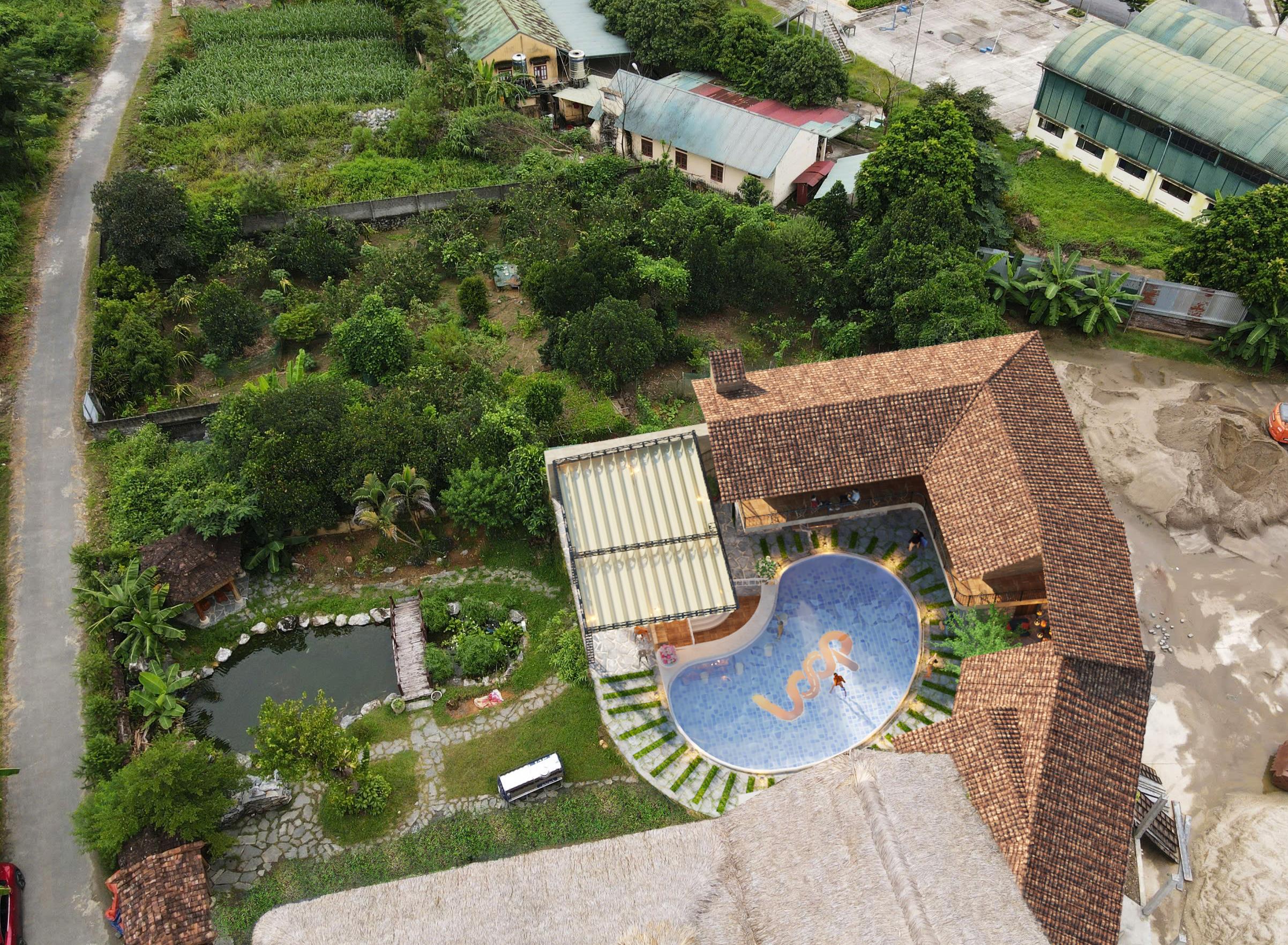Looking for an authentic base for the Dong Van Karst Plateau loop? A Ha Giang homestay puts you inside the landscape—on stilt houses over rice paddies, in clay-walled courtyards, or in stylish eco-lodges tucked into limestone valleys. Compared with hotels, homestays offer warmer hospitality, homecooked meals, local stories, and often the best sunrise/sunset views from your doorstep. This guide breaks down the best areas, price ranges, what to expect, how to book, and smart tips to make your stay smooth and memorable.
Adress: 410 Nguyễn Văn Linh, P. Quang Trung, Hà Giang
Hotline: +84329196074.
Recommended Tours for You:
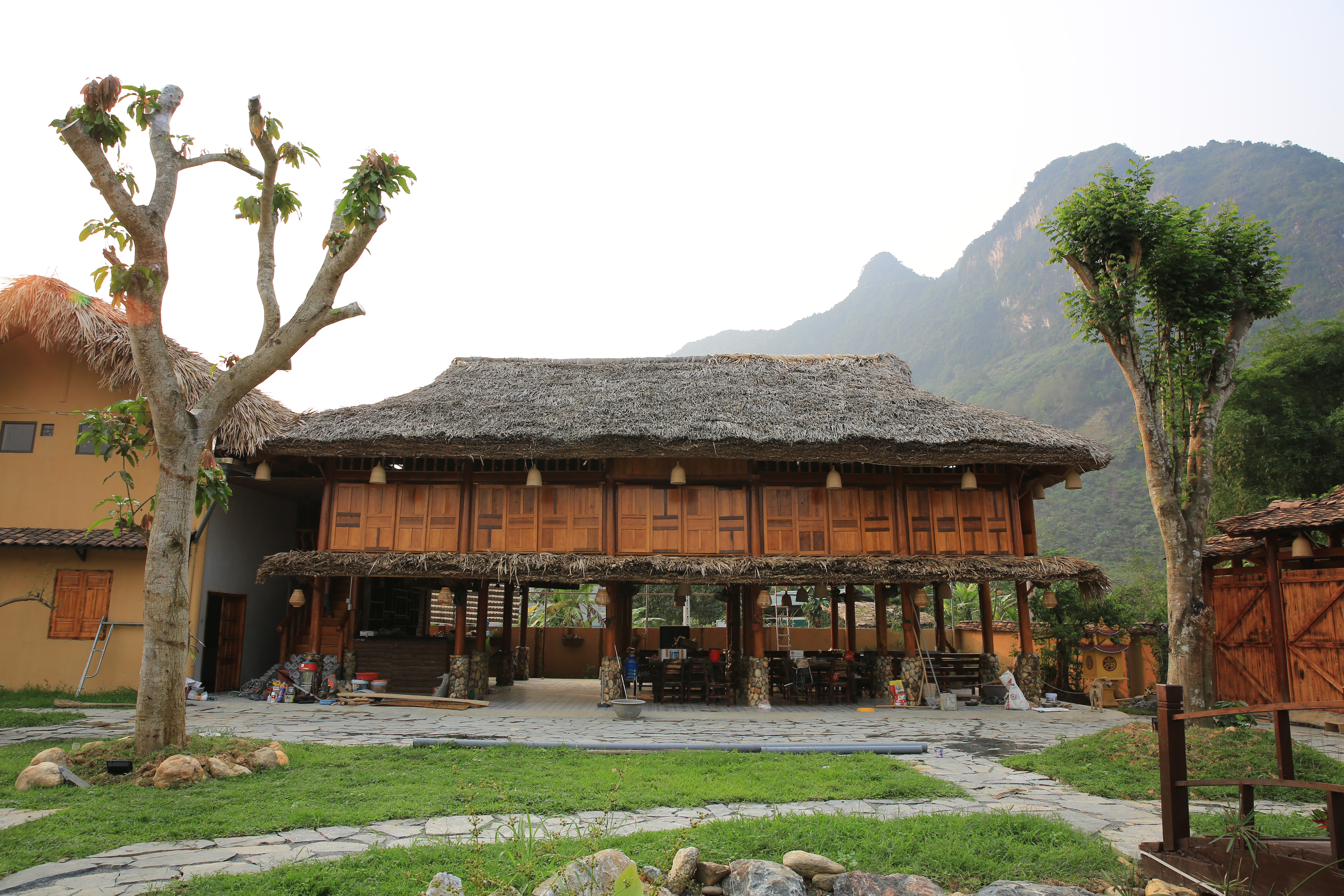
Best areas for a Ha Giang homestay (quick map-in-words)
-
Ha Giang City (arrival/departure hub): Ideal for the night before/after the loop. Expect convenient bus pick-up, gear rental, and comfy private rooms.
-
Quan Ba – Nam Dam Village: Dao minority community homestays, herbal baths, easy walks, and views of Twin Mountains; a gentle first night from the city.
-
Yen Minh: Pine hills, cooler air; a practical overnight between Quan Ba and Dong Van with quiet homestays off the highway.
-
Dong Van Old Quarter: Atmospheric courtyards, lanterns at night, close to the H’Mong King’s Palace and Lung Cu day trip.
-
Meo Vac: Good base after Ma Pi Leng Pass; canyon views, Nho Que River access, and BBQ dinner culture.
-
Lung Cu / Lo Lo Chai: Remote, photogenic villages near the flag tower; rustic stays with sweeping borderland scenery.
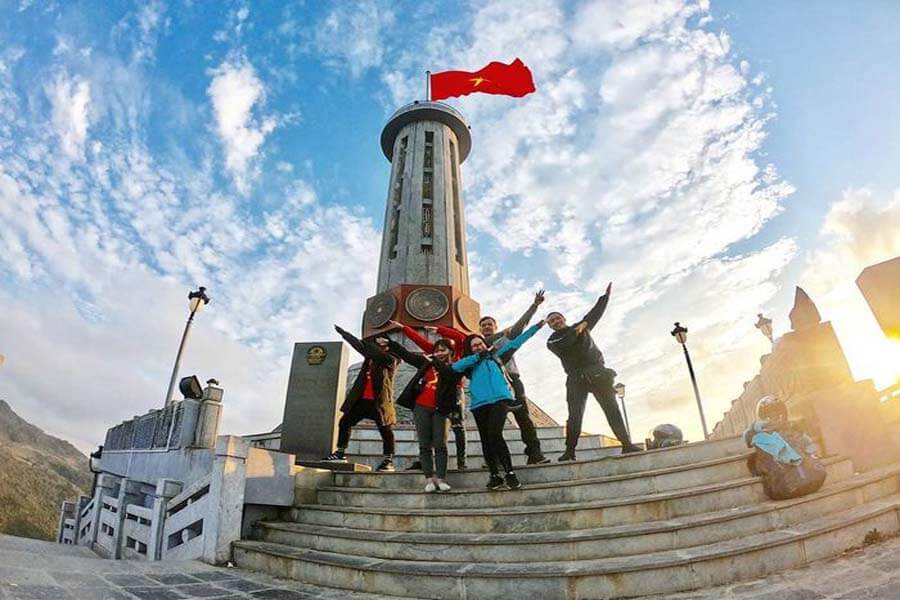
Ha Giang homestay types
Dorm-style stilt houses
-
Budget-friendly, mattresses side-by-side under mosquito nets, shared bathrooms.
-
Pros: social, cheap, often epic views.
-
Cons: noise, less privacy.
Private room in a family home
-
Separate room, sometimes en-suite; fans or AC depending on location.
-
Pros: balance of comfort and authenticity.
-
Cons: may hear household noise (part of the charm!).
Boutique eco-lodge / farmstay
-
Thoughtful architecture, insulation, big windows, gardens, better bedding.
-
Pros: comfort, curated tours, good coffee.
-
Cons: higher price; book ahead in peak season.
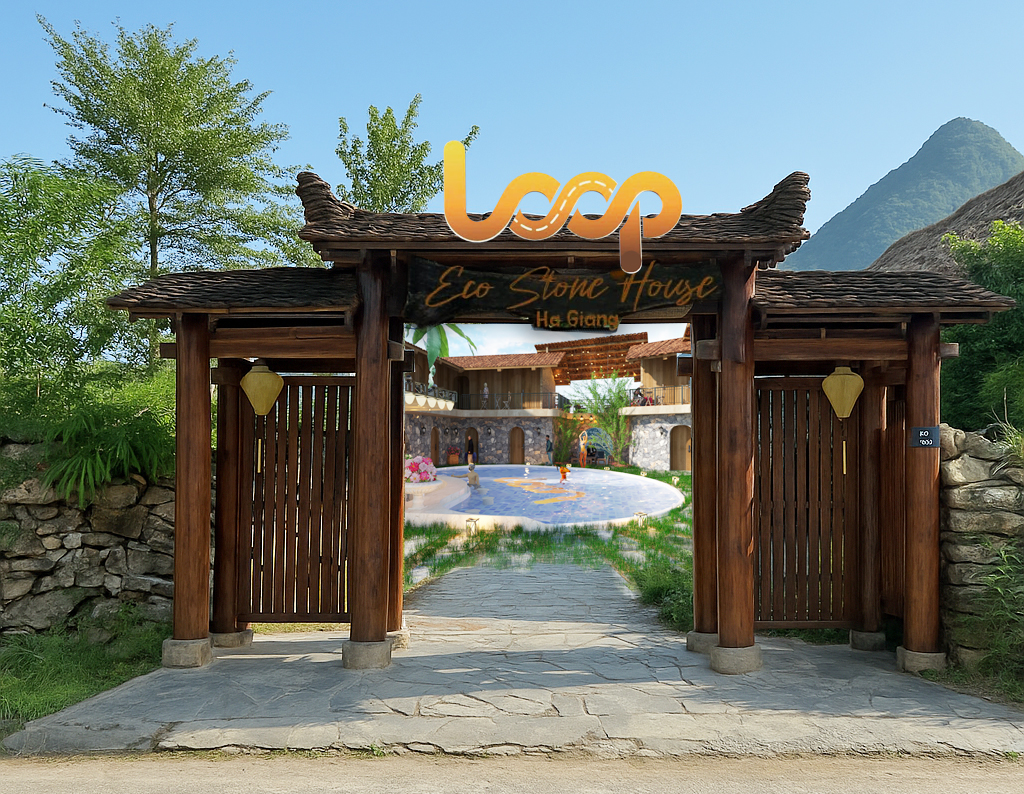
Traditional courtyard/clay houses (Dong Van area)
-
Historic vibe, thick walls for cool summers and warmer winters.
-
Pros: photogenic, cultural immersion.
-
Cons: limited rooms, early sell-out.
Realistic price ranges (2025)
-
Dorm bed: 120,000–250,000 VND / person / night.
-
Private double/twin (fan): 350,000–650,000 VND / room / night.
-
Private with AC or view balcony: 600,000–1,000,000+ VND / room / night.
-
Boutique eco-lodge: 1,200,000–2,500,000+ VND / room / night (breakfast usually included).
-
Meal add-ons (family dinner): 120,000–250,000 VND / person for a generous set menu of seasonal dishes.
Prices spike on weekends and peak months (Oct–Nov buckwheat bloom; Mar–Apr clear skies). Book early if your dates are fixed.
What to expect (and what not to)
-
Rooms: Simple, clean, with firm mattresses; power outlets by the bed vary. Some remote villages have limited hot water—ask when booking.
-
Meals: Homecooked spreads—corn rice (mèn mén), local greens, grilled pork, tofu, soups, and sometimes buffalo jerky. Vegetarian requests are usually possible with notice.
-
Facilities: Towels, basic toiletries, filtered water; laundry by the kilo in many places.
-
Noise & schedule: Quiet by 22:00; dawn sounds (roosters, bikes) are normal. Pack earplugs if you’re a light sleeper.
-
Connectivity: Wi-Fi is common but can fluctuate; 4G works in most towns, weaker in deep valleys.
-
Culture: You’re in a family home—shoes off indoors, ask before flying drones, and dress modestly in villages.
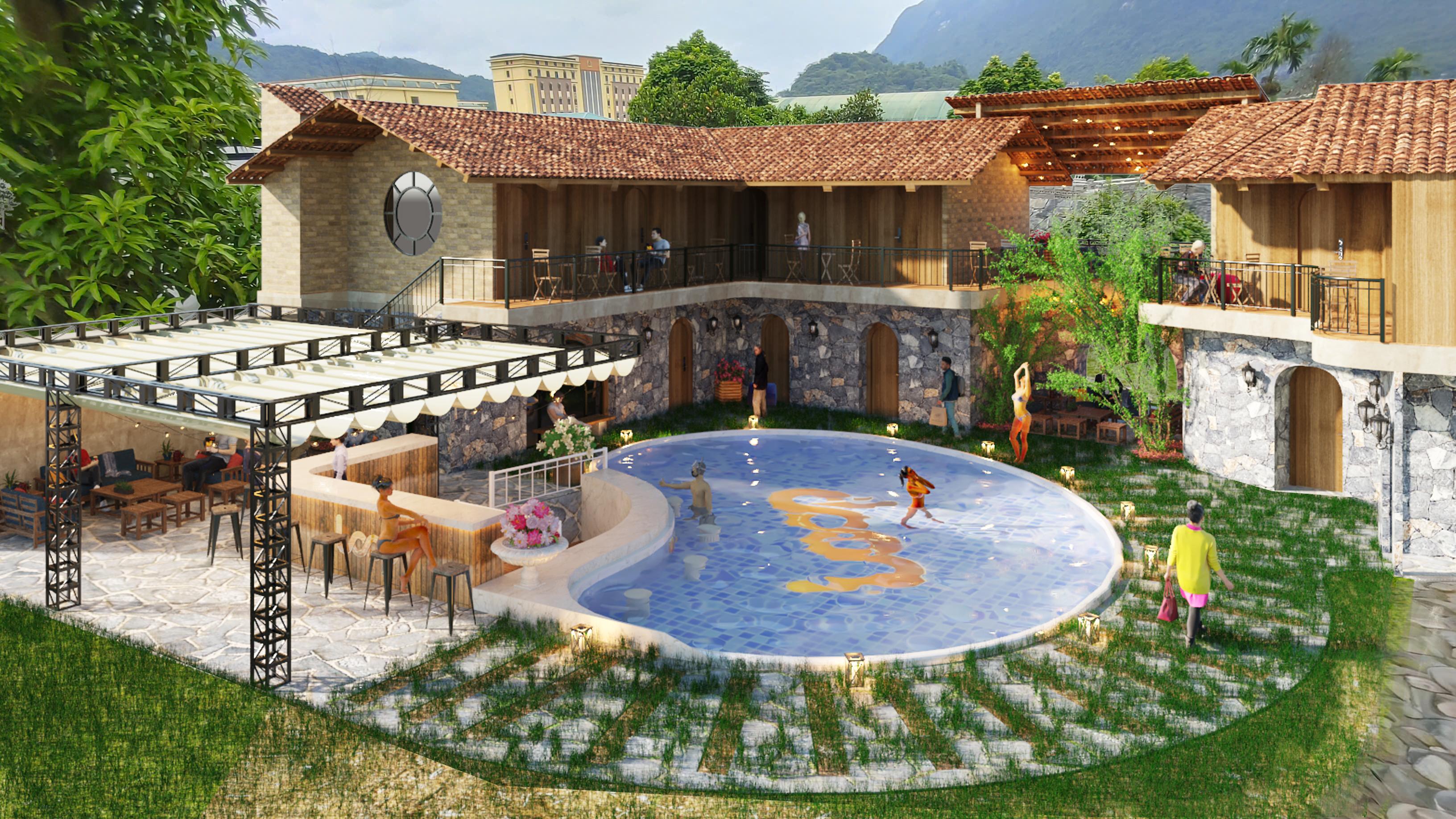
Booking tips for the perfect Ha Giang homestay
-
Anchor nights: Book Ha Giang City (first night), Dong Van (for Old Quarter strolls), and Meo Vac (after Ma Pi Leng). Fill other nights based on daily distances.
-
Check essentials: hot water, heating/fan/AC, private vs. shared bathroom, breakfast time (loop riders leave early).
-
Read recent reviews: look for mentions of cleanliness, shower pressure, dinner quality, and parking (for bikes).
-
Ask about logistics: Nho Que boat arrangements, Lung Cu day trip timing, herbal bath in Nam Dam, sunrise photo suggestions.
-
Confirm meals: family dinner is a highlight—reserve in advance so the host can shop/cook fresh.
-
Share ETA: signal if you’ll arrive late (mountain roads + weather can delay). Hosts worry if you go dark.
Sample 3N - 4D loop with homestays
-
Night 1 – Quan Ba / Nam Dam: Easy first leg from the city; herbal bath in the evening.
-
Night 2 – Dong Van: Explore Old Quarter, try Au Tau porridge at night; plan tomorrow’s Lung Cu visit.
-
Night 3 – Meo Vac: Ride Ma Pi Leng Pass, coffee at a view café, afternoon Nho Que boat; BBQ dinner.
-
(Optional Night 4 – Yen Minh): Break the return into shorter legs; pine hills & quiet homestays.
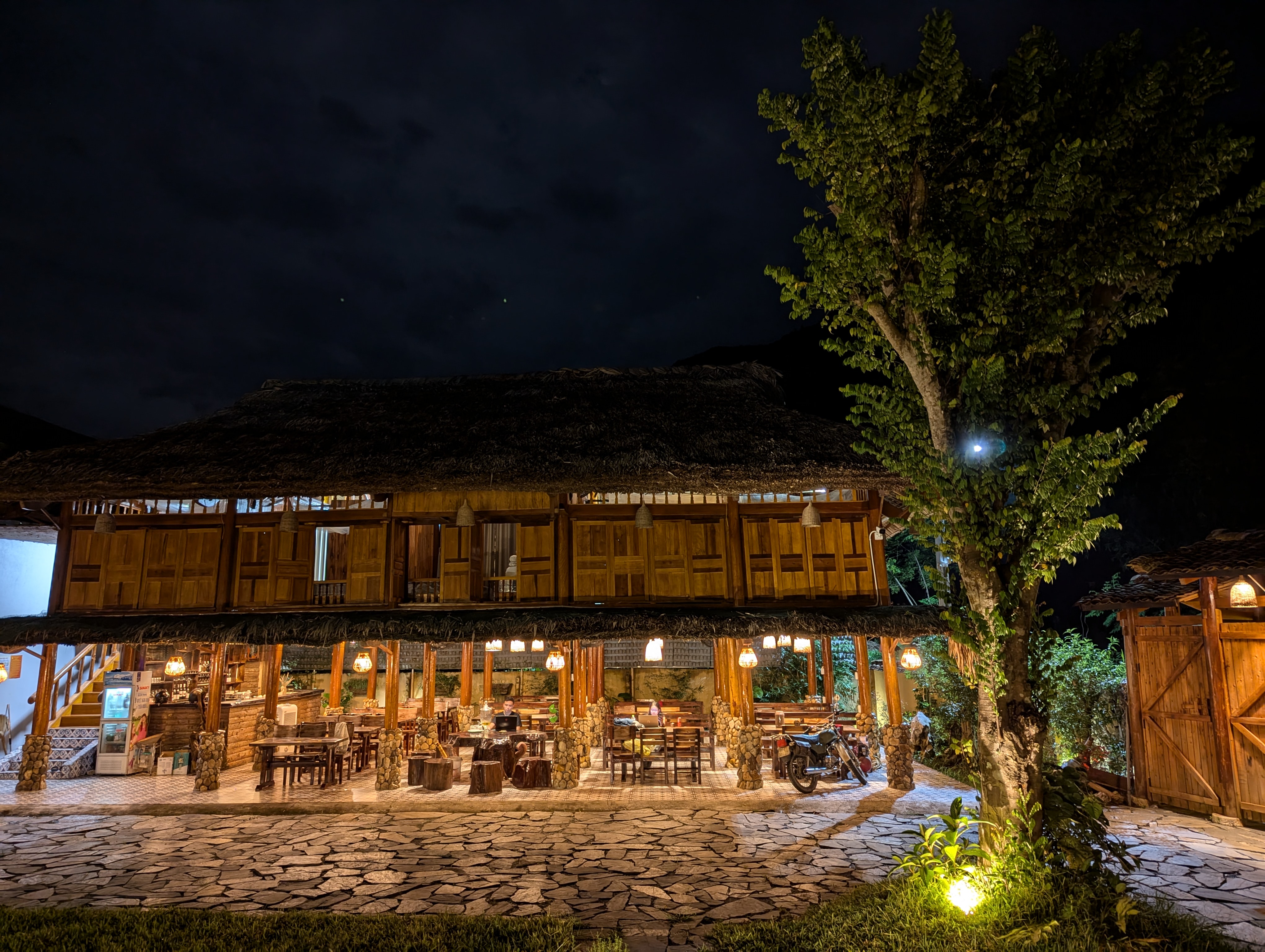
Packing list for homestay comfort
-
Warm mid-layer & rain jacket: weather flips even in “dry” months.
-
Slip-on sandals: easy for indoor/outdoor transitions.
-
Earplugs & eye mask: for dorms/sunrise light.
-
Power bank & multi-plug: outlets are sometimes scarce.
-
Cash (small bills): for meals, drinks, and herbal baths; many villages are cash-first.
-
Respectful outfit: long sleeves/trousers for village walks and temples.


